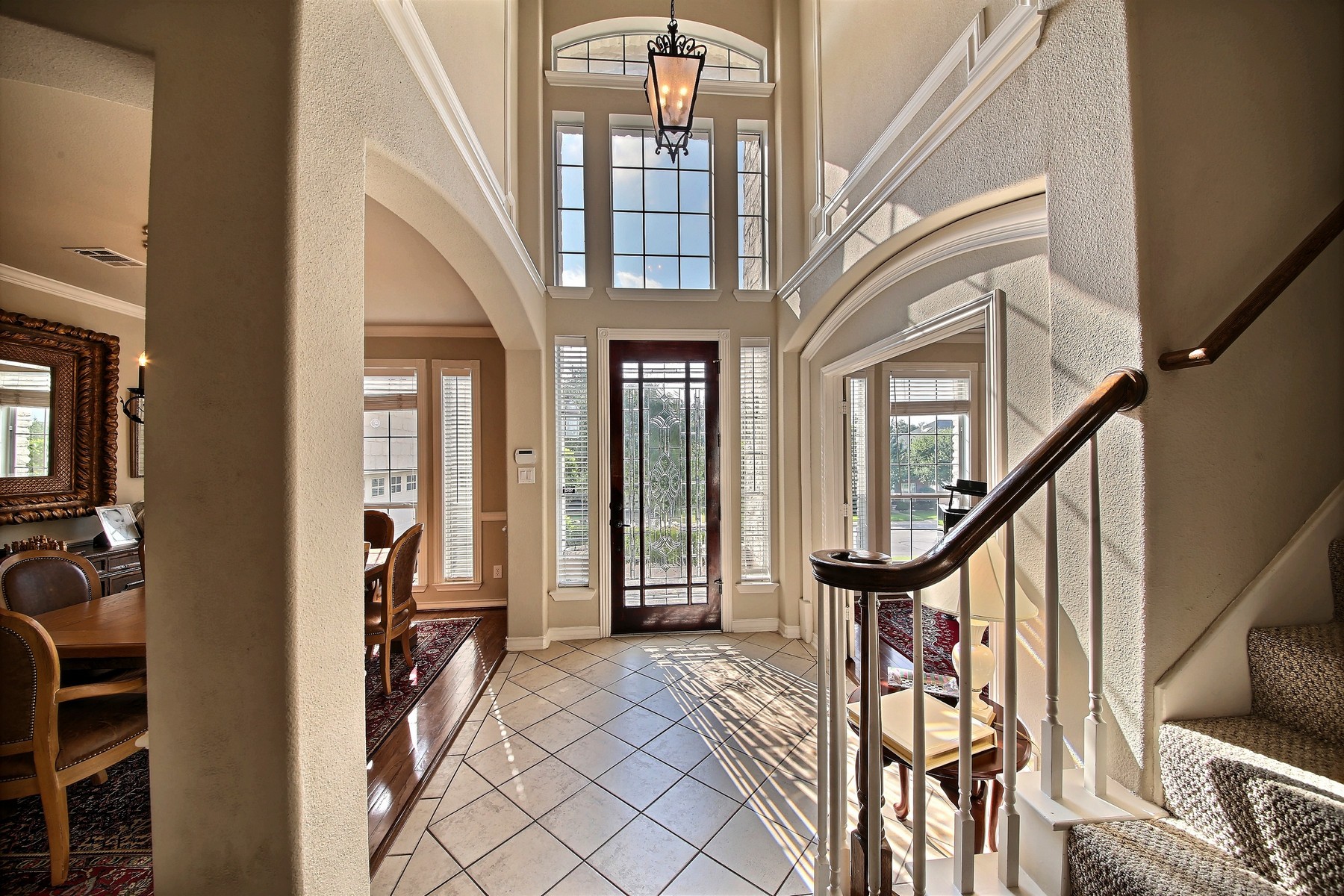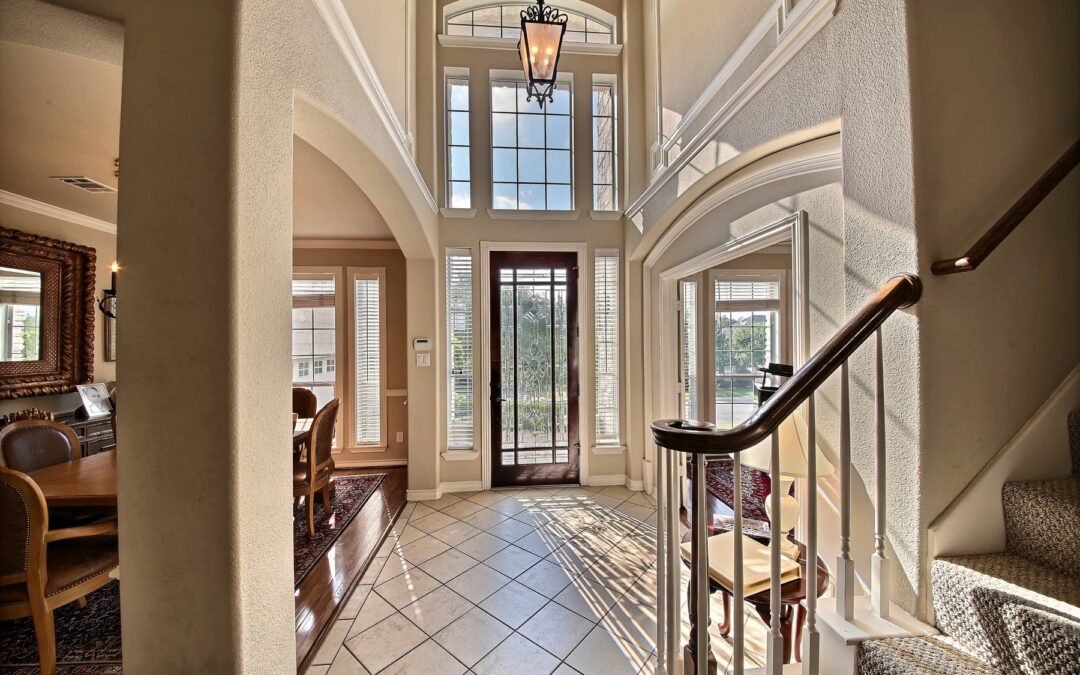 It’s all about that light…
It’s all about that light…
Whereas at RPD we discuss with our customers the dynamics of how paint color and sheen reacts depending on lighting, sometimes the reality is a surprise. Here’s a guide to how lighting will affect paint colors.
Realize these two points:
- Light absorbs objects: Black absorbs all colors; white absorbs none; blue absorbs red.
- Light sources: Natural light (sunlight) changes throughout the day and is affected by the room’s location. Artificial light changes with the type of bulb you use.
Sunlight Affects Colors
North-facing rooms: Light in these rooms is cool and bluish. Bolder colors show up better than muted colors; lighter colors will look subdued.
South-facing rooms: Lots of high-in-the-sky light brings out the best in cool and warm colors. Dark colors will look brighter; lighter colors will virtually glow.
East-facing rooms: East light is warm and yellowy before noon, then turns bluer later in the day. These are great rooms for reds, oranges and yellows.
West-facing rooms: Evening light in these rooms is beautiful and warm, while scant morning light can produce shadows and make colors look dull.
Light Bulbs Affect Color
Incandescents: The warm, yellow-amber light of these bulbs will make reds, oranges, and yellows more vivid, while muting blues and greens.
Fluorescents: This flat and cool light enriches blues and greens.
Halogens: These white lights resemble natural light and make all colors look more vivid. Using halogens would make the shift from daylight to artificial light less jarring.
Compact fluorescent lights (CFLs) CFLs can produce either a warm white, neutral, or bluish-white light.
Light-emitting diodes (LEDs): You can buy warmer or cooler LEDs, and even “smart” LED bulbs whose color you can control wirelessly.
Tips for Achieving the Color You Want
- Paint squares of primed drywall with samples of the colors you’re considering, and then move them around the room during the day.
- Get a color approximation by placing a bulb you’ll be using in a floor or desk lamp.
- Remember that natural and artificial light will work together during certain times of day, especially in summer when dusk lasts a long time. Turn on artificial lights even during daylight to see what your colors will look like.
- Paint sheen also affects color. Glossy finishes will reflect light and change the way the color looks, whereas flat finishes are less reflective and allow colors to look truer under bright light.
- Light-colored walls can reflect the colors of bold carpets or outdoor greenery: A bright blue rug, for instance, can cast a bluish tone on a white wall.
Resources: houselogic.com and truevalue.com


Recent Comments